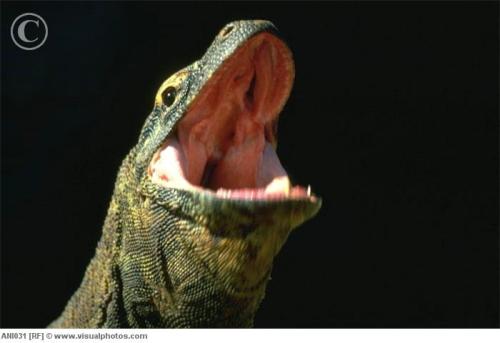

It's venom, not bacteria, that helps these animals take down everything from deer to water buffalo, Fry noted. īut in 2009, Fry and his colleagues discovered that Komodo dragons actually have venom glands located between their teeth. Then, the dragon would wait for the animal to weaken from infection (which could take days) before going in for the kill. The theory was that a Komodo would bite its prey, transferring deadly strands of bacteria from its saliva into the victim's wound. For decades, scientists thought these animals relied on bacteria to take down prey. Yes, Komodo dragons are venomous, Fry said. It's also something that each zoo deals with differently, Morgan said, adding that some zoos allow keepers to enter Komodo dragon enclosures, while others do not. That's something that every zookeeper who deals with these animals bears in mind. And while the wild Komodos of the Lesser Sunda Islands of Indonesia rarely attack humans, they have been known to do so. The incident was simply a "case of mistaken identity," Fry told Live Science.īut Komodo dragons are powerful predators, capable of taking down large prey, such as deer and boar.


It seems that the juvenile dragon that bit the zookeeper in Omaha this week likely mistook the woman for a snack, said Bryan Fry, an associate professor of biology at the University of Queensland in Australia. In other words, they're more likely to go around biting things to see if they can eat them. "When these animals are young, they're naïve in terms of learning what's food and what's not food," Morgan said, noting that juvenile Komodo dragons are also more active foragers than their adult counterparts.


 0 kommentar(er)
0 kommentar(er)
